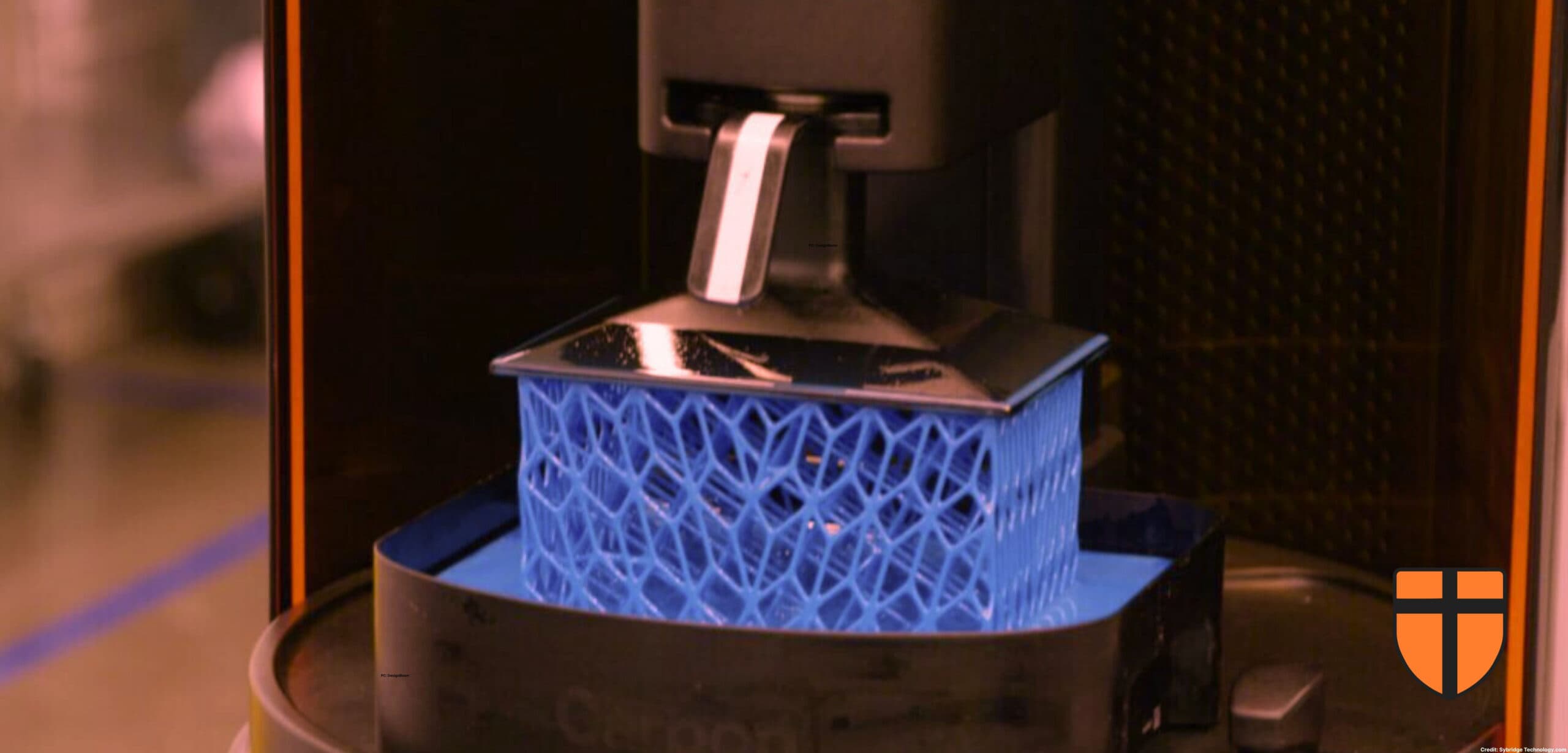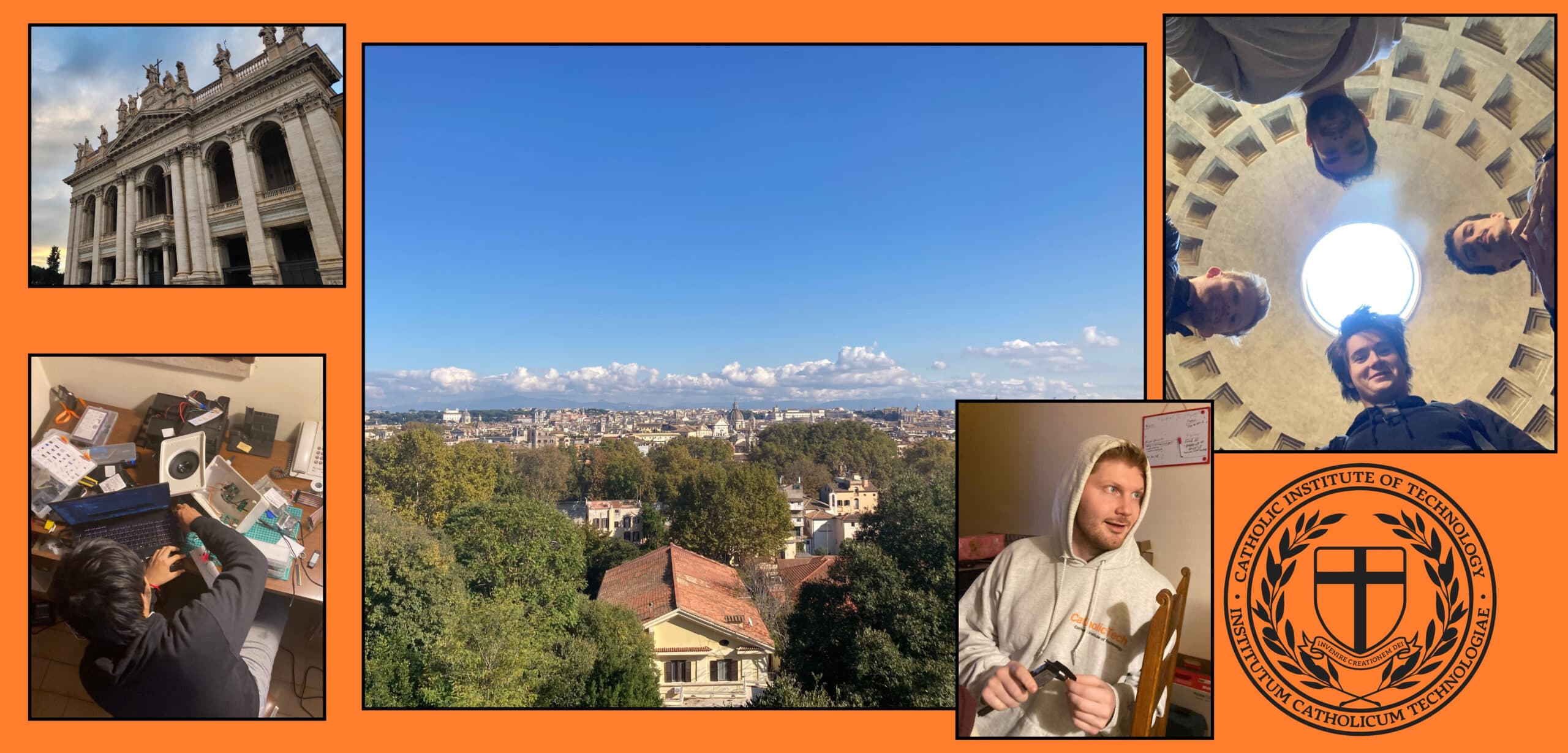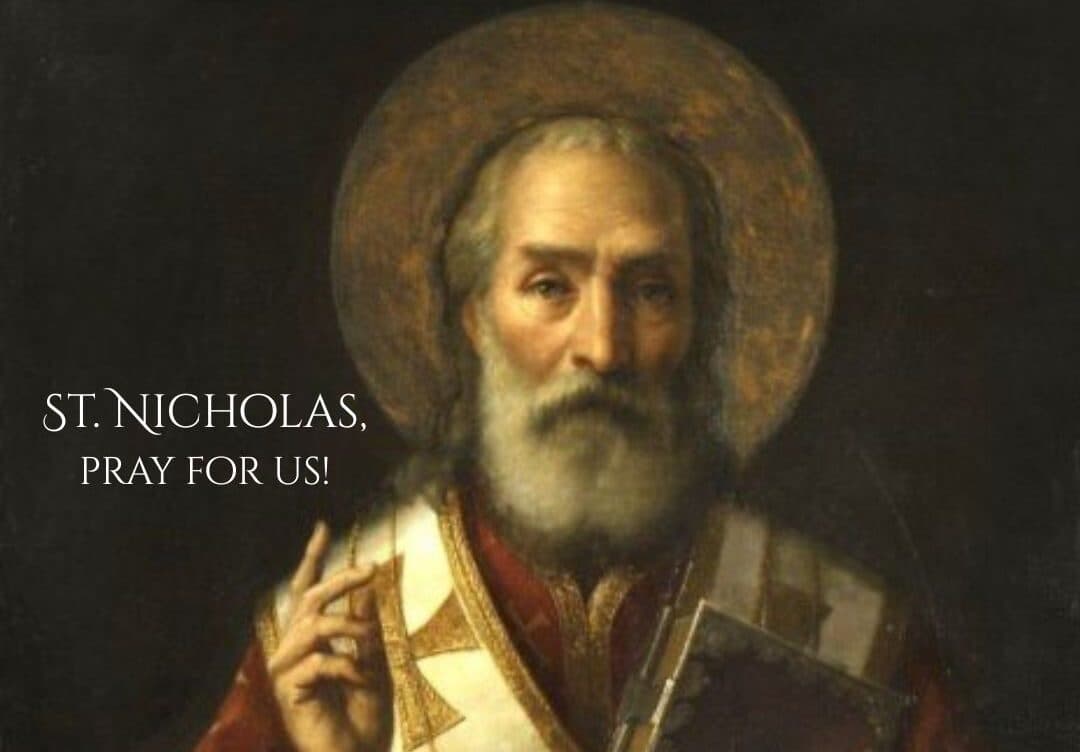
Galileo’s Pursuit of Truth: a Balanced View of Science

This Saturday marks the 461st birthday of the great scientist Galileo Galilei, and it would be a crime if we at the Catholic Institute of Technology failed to mark it. Much has already been said on Galileo’s contributions to the scientific method, and a bit too much has been said on the “Galileo affair,” so today I’ll explore something new: Galileo’s concept of the purpose of science.
The world has come a long way in four and a half centuries: Infant mortality is fifty times less than it was in Galileo’s day, access to sufficient food and clean water is far greater than it ever has been, and humanity has even set foot on the moon! These great benefits are the products of technological advancements, advancements which are fueled by the scientific discoveries of men like Galileo. It would be difficult to exaggerate the power of science to improve the world.
Unfortunately, the immense usefulness of science is also a danger. When you see the practical power of the sciences, it’s easy to ignore or even forget their speculative value. For over a thousand years, scientists focused on speculative problems, questions we now relegate to philosophy, and often deem secondary or even useless. Great thinkers from Aristotle to Augustine agreed that truth has value in itself, and that this is why truth is an integral part of human life.
Later thinkers, however, decided that truth shouldn’t be valued so highly. Rene Descartes, a contemporary of Galileo’s, summarized this new perspective when he said he was “convinced…(that) instead of the speculative philosophy which is taught in the schools, we may find a practical philosophy.” The new goal of science was to be a material betterment of human life, and not ‘mere’ knowledge. The practical would replace the speculative. The problem with this new utilitarian science was, and is, its unbalanced nature. It is a dangerous extreme, and forgets that virtue, as Aristotle says, lies in the mean.

Enter Galileo Galilei. Like his contemporary Descartes, this great man was no slouch at applied science. He taught courses on the construction and maintenance of military fortifications, invented a compass which could calculate the proper angle for canon shots, and even suggested a new method of maritime navigation.
Galileo’s writings also show, however, that he had a great appreciation for the intrinsic value of truth. His most famous quote evinces this: “Philosophy is written in this grand book — I mean the universe — which stands continually open to our gaze…” Those are the words of a man filled with wonder at the beauty of truth, as are these: “I give infinite thanks to God, who has been pleased to make me the first observer of marvelous things.” Galileo appreciated the practical value of science, but he did not reduce science to only the practical.
The root of Galileo’s love for truth was his Catholic faith. As we see above, he knew that God writes not only in the scriptures, but also in the heavens and the earth. No one who fully recognizes that can ignore the value scientific knowledge has in itself, regardless of application. We also see his faith elsewhere in his writings, where he thanks God for his discoveries. Galileo always remained faithful to God, and to the church, even through hardship and strife. His intense dedication to science, to our holy mother the church, and to God is to be admired. Thus we should see in Galileo not a banner of science against the church, but a banner of science within the church. He was a man of both science and faith, of both wonder and of practicality; in short, a man who was whole. His dedication, faith, and genius should be an inspiration to all Catholic scientists.





